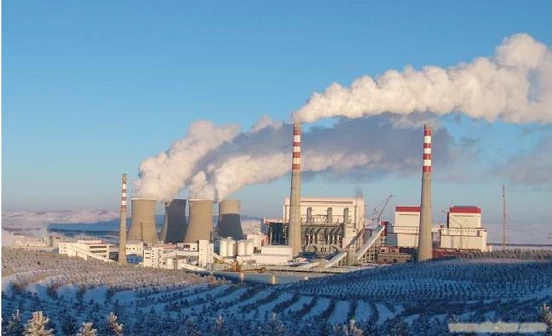Boiler Terminology Explanations (Part 2)
11. Entropy
Entropy is a measure of the portion of energy that cannot be converted into mechanical work (unavailable energy). It is a thermodynamic state parameter. Entropy represents the ratio of an infinitesimal amount of heat exchanged between a thermodynamic system and an external heat source to the absolute temperature of the heat source in a reversible process. It is denoted by the symbol S and measured in joules per kelvin (J/K). The increase in entropy of a thermodynamic system is equal to the ratio of heat transferred from the surroundings to the system to the system's temperature in a reversible process. It is a state parameter derived from the Second Law of Thermodynamics. The original foreign meaning of "entropy" refers to transformation, indicating the ability of heat to convert into work. The Chinese translation of "entropy" was named by Professor Liu Xianzhou.
12. Exergy
Exergy refers to the maximum amount of energy that can theoretically be converted into mechanical work under given environmental conditions. It is also known as available energy or useful energy (availability). Exergy is represented by the symbol E and measured in joules (J). The exergy per unit mass is called specific exergy, denoted by e, with the unit J/kg. In thermodynamic systems, exergy can be divided into physical exergy and chemical exergy, depending on the imbalance between the system and its surroundings.
13. Equilibrium State
A working fluid is said to be in an equilibrium state when all parts of the substance have equal values of state parameters such as pressure, temperature, and specific volume.
14. Ideal Gas
An ideal gas is a theoretical gas where molecules exert no intermolecular forces, and the size of the molecules is negligible, behaving like geometric points. In reality, no gas is truly ideal, but under normal temperatures and pressures, many simple gases such as hydrogen, nitrogen, and oxygen can be approximated as ideal gases. This approximation holds because gas molecules are relatively far apart under these conditions, intermolecular forces are extremely weak (almost negligible), and the average molecular separation is much greater than the molecular diameter, making them effectively point masses.
15. Specific Heat
The specific heat of a gas is the amount of heat absorbed or released by a unit quantity of gas when its temperature increases or decreases by 1°C. It is also referred to as the heat capacity per unit mass of a gas. It is denoted by the symbol c and measured in joules per kilogram per kelvin [J/(kg·K)]. Specific heat is an important thermodynamic property of a working fluid. The concept was first introduced in the 18th century by the Scottish chemist Joseph Black.
16. Vaporization
Vaporization is the process in which a substance transforms from a liquid to a gaseous state. It includes evaporation and boiling:
Evaporation occurs at the surface of a liquid.
Boiling occurs throughout the liquid when it reaches a specific temperature and pressure.
17. Boiling
Boiling is a vaporization phenomenon occurring within a liquid. At a given pressure, boiling occurs only at a fixed temperature, known as the boiling point. When pressure increases, the boiling point also increases.
18. Saturated Steam
When the total number of vapor molecules in the upper space of a closed container no longer changes, the system reaches dynamic equilibrium, known as the saturation state.
The steam in this state is called saturated steam.
The liquid in this state is called saturated water.
The temperature at this state is called the saturation temperature, and the corresponding pressure is called the saturation pressure.Cowinns can offer quality high pressure high temperature check valve for steam pipeline application.
19. Wet Saturated Steam
A mixture of saturated water and saturated steam.
20. Dry Saturated Steam
Saturated steam that does not contain any water droplets.

 +86 512 68781993
+86 512 68781993 


















